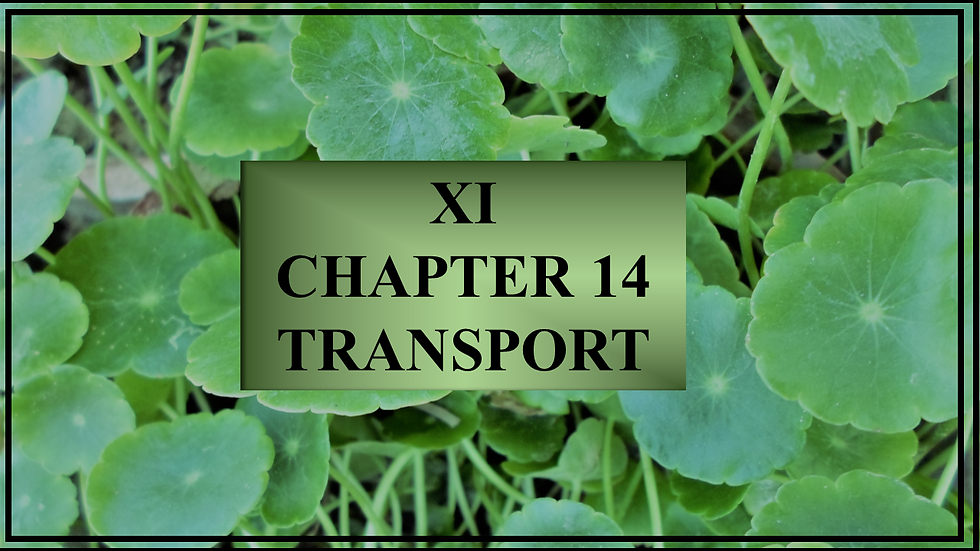XI THE INFLORESCENCE
- Kiran Syed

- Feb 18, 2020
- 1 min read
Updated: Mar 4, 2020

INFLORESCENCE
An inflorescence may be defined as a cluster of flowers, all flowers arising from the main stem axis or peduncle:
Racemose growth. The terminal bud keeps growing and forming lateral flowers. A terminal flower is never formed.
Cymose growth. The terminal bud forms a terminal flower and then dies out.

Peduncle
a peduncle is a stem supporting an inflorescence, or after fertilization, a fruit.

Inflorescence: Type # 1. Racemose Inflorescence: In this type of inflorescence the main axis does not end in a flower, but it grows continuously and develops flowers on its lateral sides in acropetalsuccession (i.e., the lower or outer flowers are older than the upper or inner ones).

Racemose Inflorescence: (i)With the main axis elongated, i.e., (a) raceme; (b) spike; (c) spikelets; (d) catkin and (e) spadix.

(ii)With the main axis shortened, i.e., (a) corymb and (b) umbel.

(iii)With the main axis flattened, i.e., capitulum or head.

Inflorescence: Type # 2. Cymose Inflorescence: In this type of inflorescence the growth of the main axis is ceased by the development of a flower at its apex, and the lateral axis which develops the terminal flower also culminates in a flower and its growth is also ceased. The flowers may be pedicellate(stalked) or sessile (without stalk).

The cymoseinflorescence may be of four main types:
(i) Uniparous (Helicoid / Scorpioid)
(ii) Biparous
(iii) Multiparous

Special Types
(i) Cyathium
(ii) Hypanthodium
(iii) Verticellaster










Comments